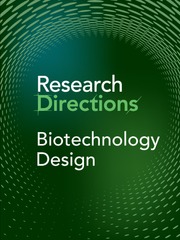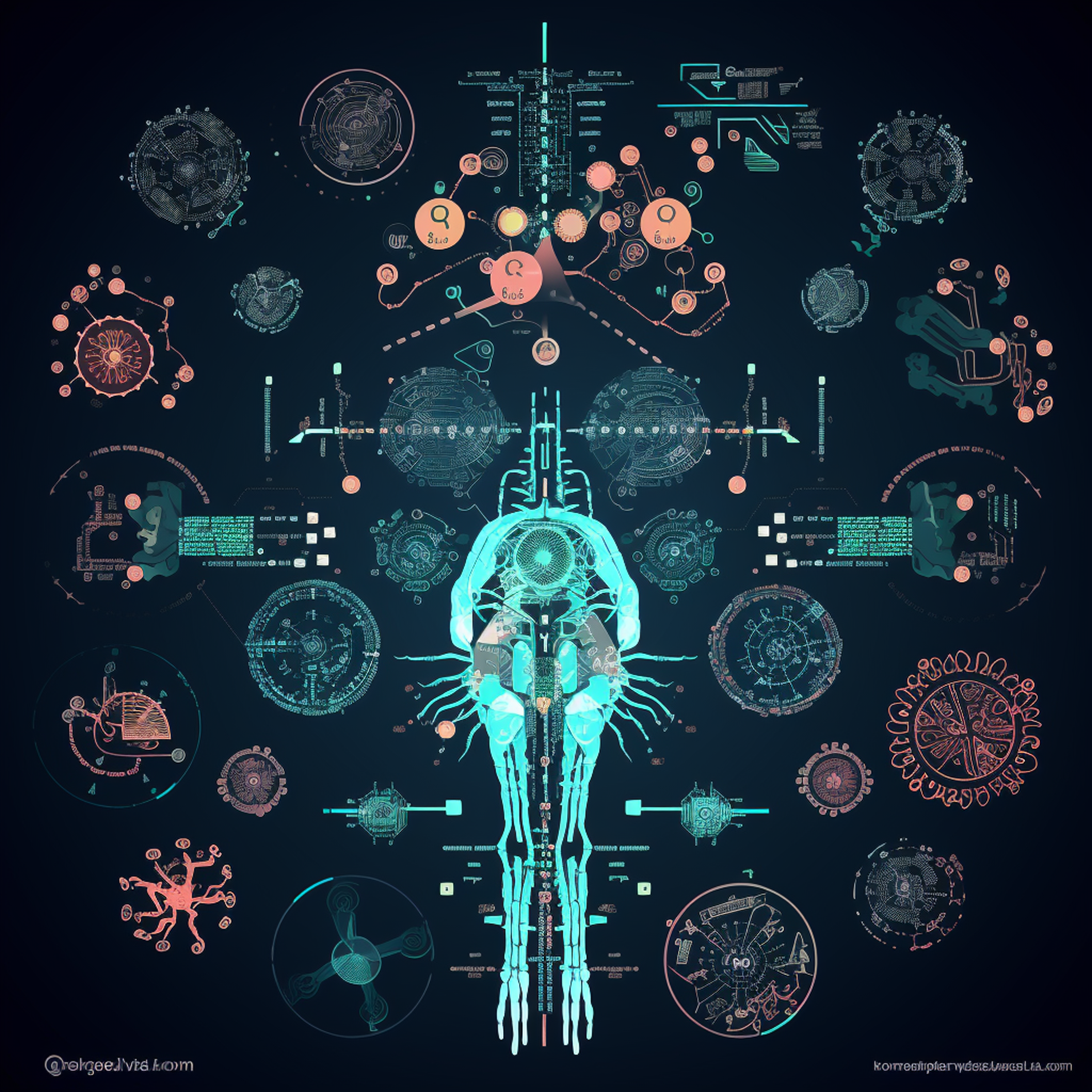Context
Artificial intelligence (AI) has advanced considerably, AlphaFold2 protein models are as good as X-ray results, language models like ChatGPT can pass MBA and medical exams, and deep learning models Midjourney, and Stable Diffusion can emulate artistic styles. Given current progress, could text-based inputs be used for the generative design of artificial proteins, pathways, or even organisms, with traits designed purely by AI? Existing strategies for biotechnology design are founded in knowledge-based approaches, such as rational enzyme engineering or whole pathway design using synthetic biology, often borrowing “parts” from other organisms. Alternatively, desired traits are achieved via random mutagenesis with iterative selection procedures. Both are costly in terms of acquiring knowledge and undertaking experimentation. Recently, advances in protein language models have allowed AI to implicitly “learn” properties that allow sequences to be folded alongside other embedded learning techniques for function prediction from primary sequences. Thus, AI offers varied routes to predicting biological outcomes from DNA sequences. However, AI has not yet been extensively used to design novel functions, despite the wealth of functionally annotated protein products at our fingertips. Thus, generative protein language models for biodesign represent a promising future. We seek to explore current technological limits and challenges, investigate new avenues and methodologies to make this possible and broach discussion around wider issues arising from AI-designed life.
Contributions
We invite contributions in the following areas:
Results
-
AI-designed enzymes with novel functions.
-
AI-designed proteins with novel small molecule or protein binding applications.
-
AI-designed biological signalling networks for small molecule detection.
-
New approaches to AI-based biological function design.
-
AI-designed biological pathways for bioprocess, specifically those of industrial, environmental and especially those of circular economic utility.
-
Integrated AI methodologies for whole pathway design.
-
Novel AI-designed life and life forms.
Analysis
-
Reviews of the current state of art of AI-based biodesign.
-
Case studies of existing systems or ideal candidate target applications for which AI-based approaches would be beneficial.
-
Horizon scanning or “call to action” articles assessing relevant emerging AI technologies applied to biodesign.
-
Opinion pieces on moral and cultural implications of AI designed life.
Impact
-
Evaluations of current genetically modified organism legislation, what barriers this presents and how this will need to change to accommodate AI rather than human design outputs.
-
Broader systems and software engineering challenges needed to realise whole organismal design from natural language text-based requests.
-
Reviews of patents and industrial applications and interest in this area.
-
Work addressing the broader regulatory, societal, and cultural implications of AI-designed life.
Additional material and early outputs
We welcome a broad range of curated discussion pieces including submission short polemics, position pieces, or provocations. As the question content develops we expect this engagement to comment on the existing archive of published material.
How to contribute to this question
If you believe you can contribute to answering this question with your research outputs find out how to submit in the Instructions for authors (https://www.cambridge.org/core/journals/research-directions-biotechnology-design/information/author-instructions/preparing-your-materials). This journal publishes Results, Analyses, Impact papers and additional content such as preprints and “grey literature.” Questions will be closed when the editors agree that enough content has been published to answer the question so before submitting, check if this is still an active Question. If it is closed, another relevant Question may be currently open, so do review all the open Questions in your field. For any further queries check the information pages (https://www.cambridge.org/core/journals/research-directions-biotechnology-design/information/about-this-journal) or contact this email (biotechnologydesign@cambridge.org).
Competing interest
The author(s) declare none.






